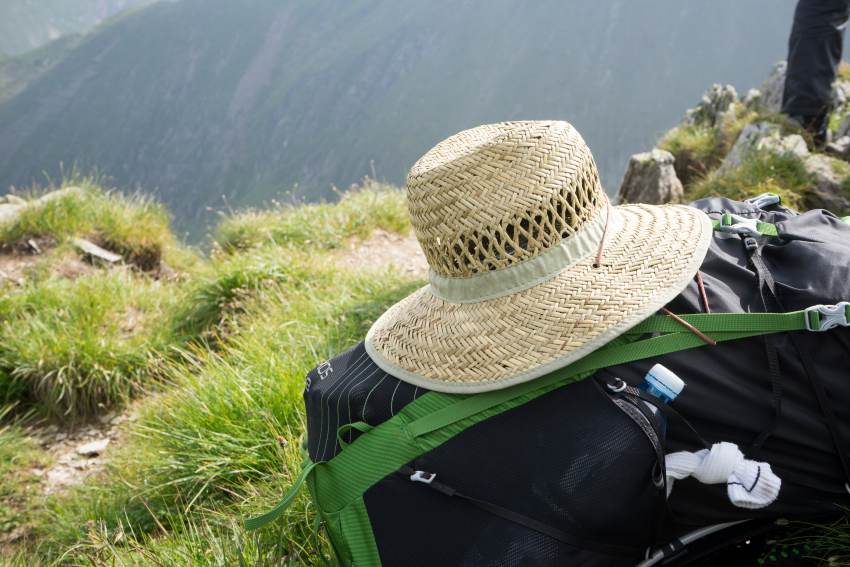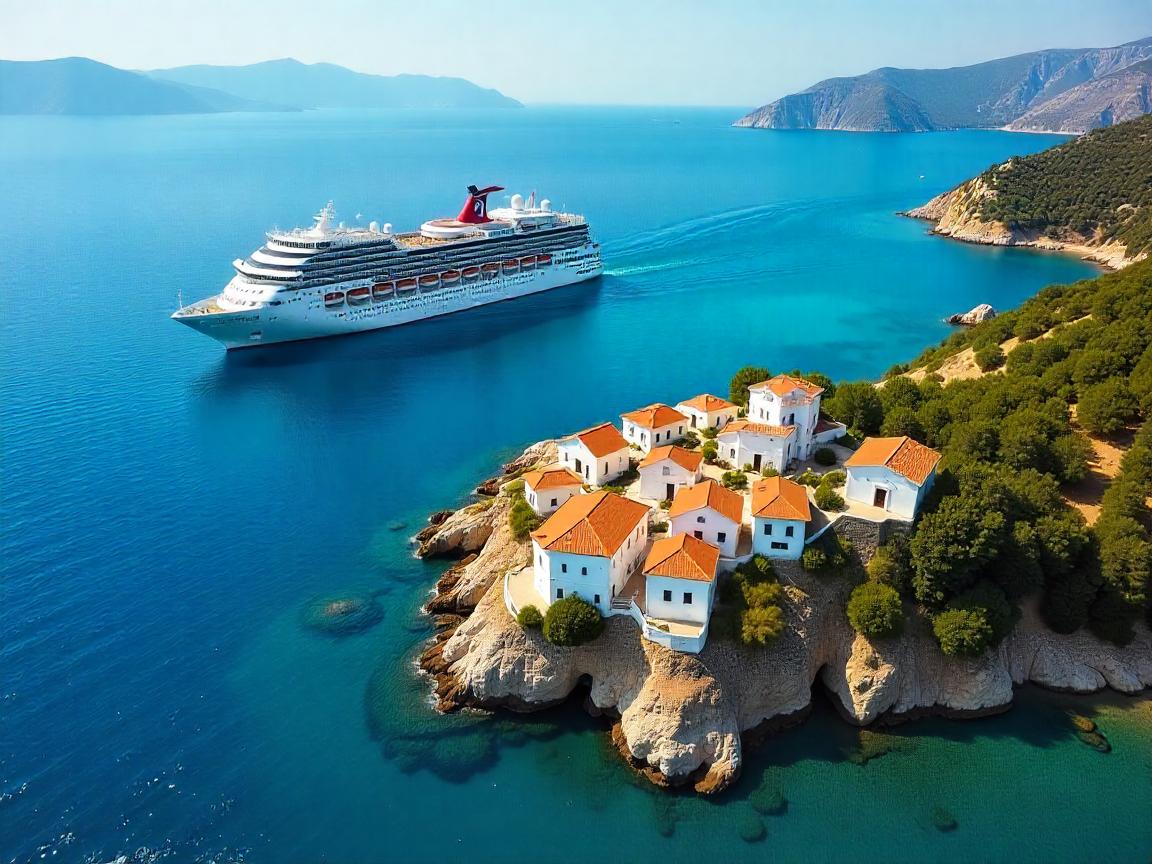Brain eating amoeba: How warm weather fuels this silent threat | - Times of India

It sounds like something out of a horror movie: a tiny organism swimming in warm water, waiting for the right moment to enter your body—through your nose—and eat your brain. Unfortunately, it’s not fiction.
This very real and rare killer is called Naegleria fowleri, more commonly known as the brain-eating amoeba.As summer temperatures climb and families flock to lakes, rivers, and water parks, this microscopic menace quietly lurks in warm, untreated freshwater. And while infections are extremely rare, when they do happen, they’re almost always deadly.So, what exactly is this thing? Why does warm weather give it a boost?
Naegleria fowleri is a free-living amoeba that thrives in warm freshwater environments—think lakes, hot springs, rivers, and even poorly chlorinated pools or backyard hoses.
It’s not found in the ocean or in properly treated municipal water systems, so don’t worry about your tap water or a chlorinated swimming pool.The amoeba usually lives harmlessly in mud and silt at the bottom of warm bodies of water. But under the right conditions—especially summer heat and stagnant water—it becomes more active, multiplying quickly.Now, here’s where things get scary.If water containing the amoeba gets forced up your nose, the organism can travel through the olfactory nerve into your brain.
Once there, it starts to destroy brain tissue in a devastating infection known as primary amoebic meningoencephalitis (PAM).And yes, it acts as terrifyingly as it sounds.The death rate is over 97%. Only five people in the U.S. are known to have survived the infection.
The symptoms usually start 1 to 12 days after exposure and can include:
Once symptoms begin, the infection progresses rapidly, often leading to death within five days.
Even with treatment, survival is extremely rare.
So why do we only hear about this in the summer?Because Naegleria fowleri loves heat. It thrives in water temperatures between 80°F and 115°F (27°C to 46°C), which makes July, August, and September its peak season in most places. As climate change pushes global temperatures higher, this amoeba is slowly expanding its range.The rising temps also increase water recreation—meaning more people jumping, splashing, and swimming in warm, untreated freshwater.
And that increases the risk, even if it’s still rare.
The most dangerous activities include:
Avoid swimming in warm freshwater during peak summer, especially in untreated or stagnant waterKeep your head above water if you do go swimmingUse nose clips or plug your nose when jumping into lakesNever use tap water in neti pots—boil it or use sterile salineStay away from disturbed, muddy bottom sediment, where the amoeba livesBasically, if you’re swimming in a warm, murky lake during a heatwave—proceed with caution.The tragic reality of this disease has made headlines in recent years. In 2022, a child in Nebraska died after swimming in a local river. In 2023, a Florida man was believed to have contracted the amoeba after rinsing his sinuses with tap water using a neti pot. And in 2020, a 6-year-old boy in Texas passed away after playing in his family’s backyard splash pad.These heartbreaking stories serve as stark reminders that while rare, this amoeba is still very much a threat—especially in warmer states and during intense heatwaves.






-1751620237858.webp)




